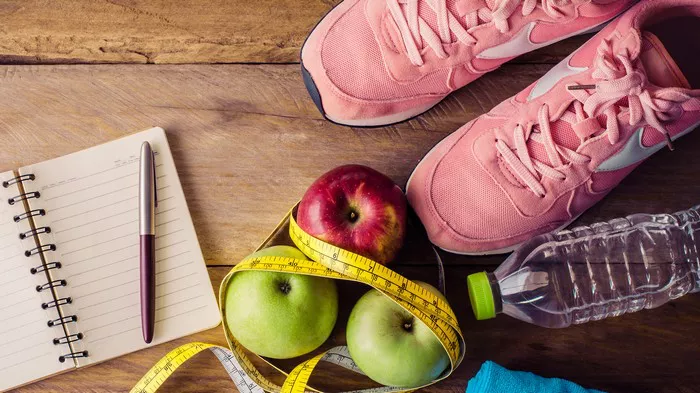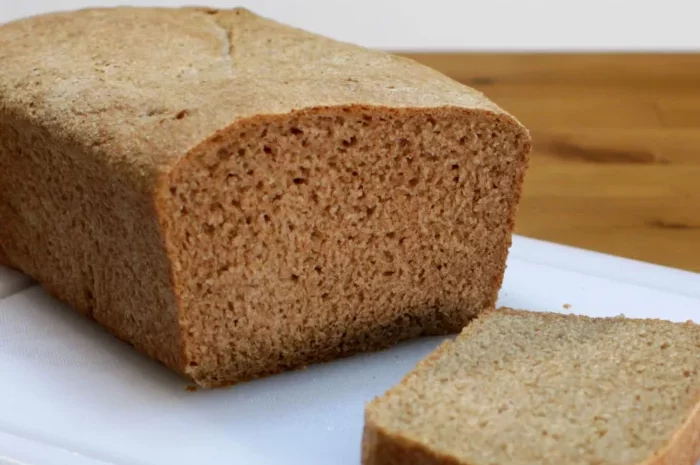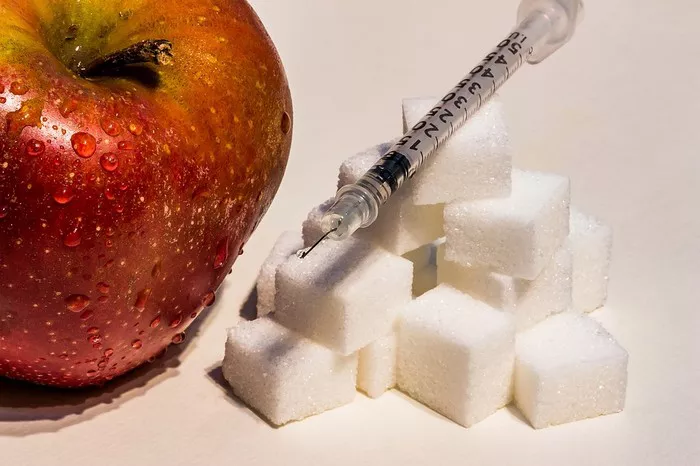Diabetes, a chronic condition characterized by high blood sugar levels, requires careful management of diet and lifestyle to prevent complications. Among dietary considerations, fruit consumption often raises questions due to its natural sugar content. However, understanding the impact of fruits on blood sugar levels and their nutritional benefits is crucial for individuals with diabetes.
Contrary to popular belief, fruits can be part of a healthy diabetic diet when consumed in moderation and alongside other nutrient-rich foods. While fruits do contain natural sugars, they also provide essential nutrients such as fiber, vitamins, and minerals, which are beneficial for overall health and diabetes management. Therefore, rather than avoiding fruits altogether, individuals with diabetes should focus on making informed choices and incorporating fruits into a well-balanced meal plan.
Nutritional Benefits of Fruits
Fruits offer a wide array of nutrients that are vital for health, making them an indispensable component of any diet, including those tailored for diabetes management. Some key nutritional benefits of fruits include:
Fiber: Many fruits are rich in dietary fiber, which plays a crucial role in regulating blood sugar levels and promoting digestive health. Fiber slows down the absorption of sugar into the bloodstream, preventing rapid spikes in blood glucose levels after meals. Additionally, it helps maintain satiety, which can aid in weight management—a key factor in diabetes control.
Vitamins and Minerals: Fruits are abundant sources of vitamins, including vitamin C, vitamin A, and various B vitamins, as well as minerals like potassium, magnesium, and folate. These nutrients are essential for various bodily functions, including immune function, bone health, and energy metabolism.
Antioxidants: Many fruits contain antioxidants, such as flavonoids and polyphenols, which help protect cells from damage caused by free radicals. Antioxidants have been linked to a reduced risk of chronic diseases, including heart disease and certain types of cancer, which are prevalent among individuals with diabetes.
Incorporating a variety of fruits into the diet ensures a diverse intake of these essential nutrients, contributing to overall health and well-being.
Glycemic Index (GI) Explained
The glycemic index (GI) is a scale that ranks carbohydrate-containing foods based on their effect on blood sugar levels. Foods with a high GI are rapidly digested and absorbed, causing a quick spike in blood glucose levels, while those with a low GI are digested more slowly, resulting in a more gradual rise in blood sugar levels.
For individuals with diabetes, choosing foods with a low or moderate GI can help maintain stable blood sugar levels and reduce the risk of hyperglycemia. When it comes to fruits, understanding their GI can guide fruit selection and portion control.
Here is a simple chart categorizing fruits based on their GI:
Low GI (55 or less): Cherries, apples, pears, berries, citrus fruits (e.g., oranges, grapefruits)
Moderate GI (56-69): Mangoes, kiwis, pineapples, bananas
High GI (70 or more): Watermelon, dates, raisins
By prioritizing fruits with a low GI, individuals with diabetes can enjoy the health benefits of fruits without significantly impacting their blood sugar levels.
Top Five Fruits for Diabetics
When it comes to selecting fruits for diabetes management, focusing on those with a low GI is paramount. Here are five fruits that are particularly suitable for individuals with diabetes:
Apples: Rich in fiber and antioxidants, apples have a low GI and can help regulate blood sugar levels. They are also versatile and can be enjoyed fresh, sliced with nut butter, or incorporated into salads and baked goods.
Pears: Similar to apples, pears are high in fiber and have a low GI, making them an excellent choice for individuals with diabetes. They can be eaten fresh, sliced into yogurt or oatmeal, or baked with cinnamon for a nutritious dessert.
Berries: Berries such as strawberries, blueberries, raspberries, and blackberries are packed with antioxidants, vitamins, and fiber. They have a low GI and can be enjoyed fresh, added to smoothies, or topped on yogurt for a delicious and nutritious treat.
Cherries: Cherries are not only delicious but also have a low GI, making them a suitable option for individuals with diabetes. They are rich in antioxidants and have been associated with various health benefits, including reduced inflammation and improved sleep quality.
Citrus Fruits: Citrus fruits like oranges, grapefruits, and tangerines are low in calories and have a low GI. They are excellent sources of vitamin C and fiber, which can help support immune function and digestive health. Citrus fruits can be enjoyed as snacks, added to salads, or squeezed into refreshing juices.
Incorporating these fruits into meals and snacks can help individuals with diabetes mainta in stable blood sugar levels while enjoying a variety of flavors and textures.
Serving Sizes and Frequency
While fruits offer numerous health benefits, portion control is essential, especially for individuals with diabetes. Monitoring serving sizes and frequency can help prevent excessive carbohydrate intake and manage blood sugar levels effectively.
A general guideline for fruit consumption for individuals with diabetes is to aim for 1 to 2 servings of fruit per meal or snack, depending on individual carbohydrate needs and blood sugar management goals. One serving of fruit is typically equivalent to:
1 small fresh fruit (e.g., apple, pear, orange)
1/2 cup of fresh, frozen, or canned fruit (unsweetened)
1/4 cup of dried fruit (unsweetened)
3/4 cup of berries or melon chunks
It’s important to be mindful of portion sizes, especially for fruits with a higher sugar content, such as bananas and grapes. Pairing fruits with protein or healthy fats can also help slow down the absorption of sugar into the bloodstream and minimize blood sugar spikes.
Recipe Ideas
Incorporating diabetic-friendly recipes that feature the top five fruits for diabetics can make meal planning more enjoyable and diverse. Here are some simple recipe ideas to inspire healthy eating:
Apple Cinnamon Overnight Oats: Combine rolled oats, almond milk, diced apples, cinnamon, and a touch of honey (optional) in a jar. Refrigerate overnight and enjoy a delicious and nutritious breakfast the next morning.
Pear and Spinach Salad: Toss together fresh spinach leaves, sliced pears, toasted walnuts, crumbled feta cheese, and a balsamic vinaigrette dressing for a refreshing and satisfying salad.
Mixed Berry Smoothie: Blend together frozen mixed berries, Greek yogurt, spinach, almond milk, and a scoop of protein powder for a nutrient-packed smoothie that’s perfect for breakfast or post-workout fuel.
Cherry Almond Energy Bites: Combine dried cherries, almonds, rolled oats, almond butter, honey, and a pinch of salt in a food processor. Roll into bite-sized balls and refrigerate for a convenient and nutritious snack on the go.
Citrus Grilled Chicken: Marinate chicken breasts in a mixture of freshly squeezed citrus juice (orange, lemon, lime), garlic, olive oil, and herbs. Grill until cooked through and serve with a side of roasted vegetables for a flavorful and balanced meal.
These recipes showcase the versatility of the top five fruits for diabetics and demonstrate how they can be incorporated into a variety of dishes for delicious and satisfying meals.
Additional Tips for Fruit Selection
When selecting fruits for diabetes management, consider the following tips to maximize nutritional value and minimize blood sugar impact:
Choose Fresh Fruits: Opt for fresh fruits whenever possible, as they are less likely to contain added sugars or preservatives commonly found in canned or processed fruits.
Focus on Variety: Incorporate a variety of fruits into your diet to ensure a diverse intake of nutrients. Mix and match different colors, flavors, and textures for optimal health benefits.
Be Mindful of Portions: Pay attention to portion sizes and carbohydrate content, especially for fruits with a higher sugar content. Balance fruit intake with other food groups to maintain blood sugar control.
Consider the Whole Package: In addition to GI, consider the overall nutritional profile of fruits, including fiber content, vitamins, and minerals. Aim for nutrient-dense options that provide the most health benefits.
Experiment with Preparation Methods: Get creative with how you prepare and enjoy fruits. Try them fresh, frozen, dried, or cooked in various dishes to discover new flavors and textures.
By incorporating these tips into your fruit selection and meal planning, you can enjoy the health benefits of fruits while effectively managing your diabetes.
Consultation Reminder
While the information provided offers general guidance on fruit consumption for individuals with diabetes, it’s essential to remember that individual dietary needs and health goals may vary. Therefore, it’s crucial to consult with a healthcare provider or a certified diabetes educator for personalized advice and recommendations tailored to your specific needs.
Your healthcare team can help create a customized meal plan, monitor your blood sugar levels, and provide ongoing support to ensure optimal diabetes management. By working closely with your healthcare provider, you can make informed decisions about fruit consumption and other dietary choices to support your overall health and well-being.
Conclusion
In conclusion, fruits can be a valuable and nutritious addition to the diet of individuals with diabetes when consumed in moderation and as part of a well-balanced meal plan. By choosing fruits with a low GI, monitoring portion sizes, and experimenting with different recipes and preparation methods, you can enjoy the health benefits of fruits while effectively managing your blood sugar levels.
Related Topics



























